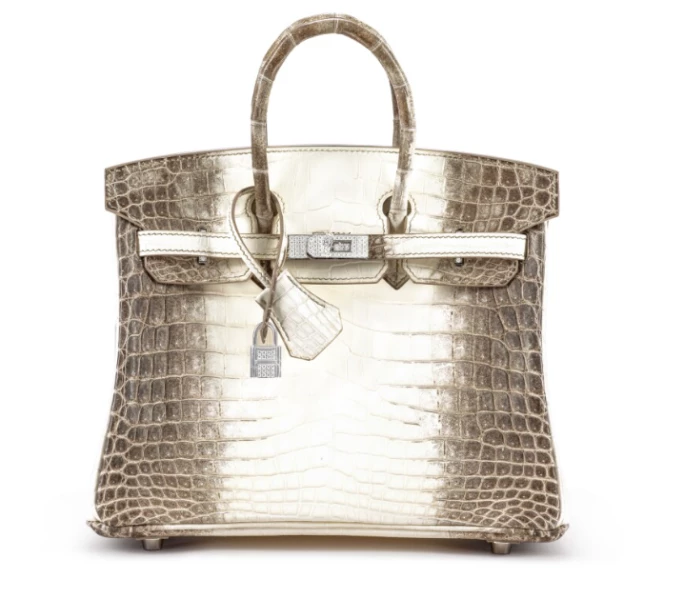Few material items in the world command the allure of Hermès’ Birkin bag, one of the most coveted handbags ever created. Its history is a perfect example of how top-tier brands cultivate desirability through craftsmanship, exclusivity, and storytelling.
Hermès, a storied French luxury fashion house founded in 1837, was already one of the world’s premier luxury brands by the 1980s. However, its most iconic product—the Birkin bag—wouldn’t arrive until 1984, born from an unexpected meeting between Jane Birkin, a British-French actress and style icon, and Jean-Louis Dumas, then Executive Chairman of Hermès.
During a flight from Paris to London, Birkin, known for carrying a basket instead of a traditional handbag, accidentally spilled its contents. Frustrated by the lack of a functional yet stylish everyday bag, she expressed her concerns to Dumas. He jokingly told her she needed a handbag with pockets, to which she responded that she would only give up her basket if Hermès designed a large, practical bag suited for daily life. The two spent the rest of the flight sketching bag designs for what would become the Birkin bag. A year later, Hermès released the first Birkin, featuring a structured tote design, flap closure, two rolled handles, and a secure lock—a blend of style and practicality.
Despite its innovative design and Hermès’ high status, the Birkin was not an immediate success. In the 1980s, Chanel bags dominated the market, and the Birkin’s origin story, craftsmanship, and high-quality materials failed to attract mainstream consumers. It wasn’t until the early 2000s that the Birkin skyrocketed in popularity, cementing its place as a luxury status symbol. A pivotal moment came when an episode of Sex and the City drew attention to the bag, with Samantha being shocked at the five-year waitlist required to purchase one. Demand surged, and the Birkin became the ultimate symbol of wealth, exclusivity, and prestige.
Today, the Birkin bag is one of the most sought-after luxury items in the world, with Hermès deliberately restricting supply to maintain exclusivity. Purchasing one from a Hermès boutique is nearly impossible, as the bags are not openly sold, and access is typically reserved for exclusive clients with an extensive purchase history. The most popular model, the Birkin 30 in Togo leather, retails for around $13,000, which is on the high end of luxury handbags. However, the secondary market commands a premium, with resale prices ranging between $25,000 and $35,000. Rare exotic versions crafted from exotic animal skins such as crocodile, ostrich, or featuring precious metals and gemstones have even sold for over $500,000.
Hermès has masterfully leveraged luxury and exclusivity to cultivate the Birkin’s allure. Though now regarded as the most desirable handbag in the world, the Birkin initially struggled to find its audience, with mediocre sales. Over time, its limited production and association with wealth and status transformed it into the ultimate symbol of luxury. More than just a handbag, the Birkin represents the pinnacle of luxury branding—a timeless icon that captivates and sets the standard for exclusivity in fashion.




